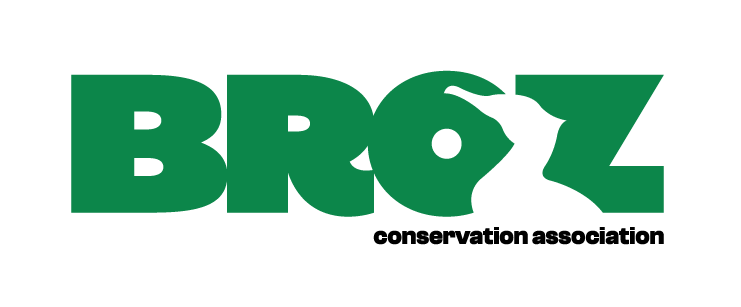Invitation: Help us with butterfly mapping!
We are turning to you – nature lovers, who would like to help us with butterfly mapping. You can make your nature walks more interesting by noticing and recording the butterflies you observe, their host plants and other data according to the attached form. In order to be able to implement targeted conservation measures for the protection and conservation of endangered butterfly species, it is necessary to know as many locations of these species and their host plants as possible at the current time. You can send us your data either by filling in the questionnaire or by email to mapovanie.motylov@broz.sk. Butterflies must not be caught during monitoring, they can only be watched or photographed.
To begin with, we would like to draw attention primarily to the occurrence of the Danube clouded yellow (Colias myrmidone). In particular, be alert in the area of Bošácka and Moravsko-Lieskovská valley – especially in the area of European importance Holubyho kopanice (see the attached map). Later we will also test other butterfly species. The map of the area of interest can be viewed by those interested in cooperation at:
https://www.biomonitoring.sk/InternalGeoportal/ProtectedSites/DetailSiteMap/388
Out of the species targeted by the project, the Danube clouded-yellow is the most endangered. Its occurrence has been linked mainly to western Slovakia. Today, only a few isolated sites of its occurrence remain and it is threatened with extinction. Its occurrence is tied to forest-steppes, managed (grazed or mown) meadows and orchards. Females prefer sunny leeward slopes in moderately rugged terrain, edges of dirt roads and meadow margins. Males fly fast and low over herbaceous vegetation, often across larger areas of grassland, and seek out areas where females are present.
The presence of host plants is also a key condition for the occurrence of Danube clouded yellows on the site. In the case of these butterflies, the caterpillars feed on a variety of yellow-flowering Chamaecytisus plant species, about which more information can be found at https://botany.cz/cs/?s=Chamaecytisus. Females lay whitish, spindle-shaped eggs on fresh green shoots of their host plant. When mature, the eggs change colour to orange.
The butterflies can be seen flying in two generations: from the third third of May to mid-June and from mid-July to mid-August. During this period it’s possible to observe the orange-coloured butterflies of the genus Colias sp., or females laying their eggs on the shoots of the Chamaecytisus plants.
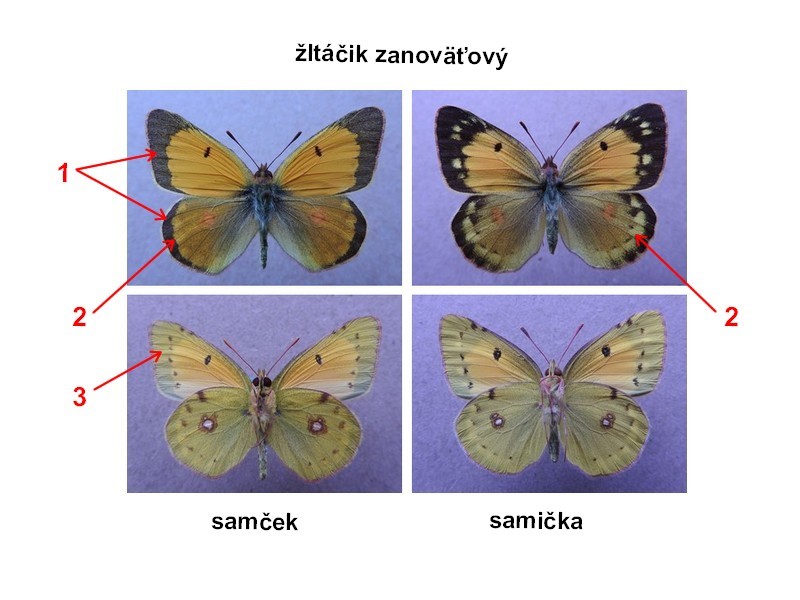
- The dark rim of the wings is narrow, dusted with yellow-orange scales, the veins are not lightly coloured
- On the hind wings the dark rim is bordered on the inner side by a row of light spots
- The line of dark spots on the underside of the forewings is not very distinct, often even disappearing
Chamaecytisus sp. plants – the host plants of the Danube clouded yellow butterflies- has fine white hairs on both the flowers and the stem.
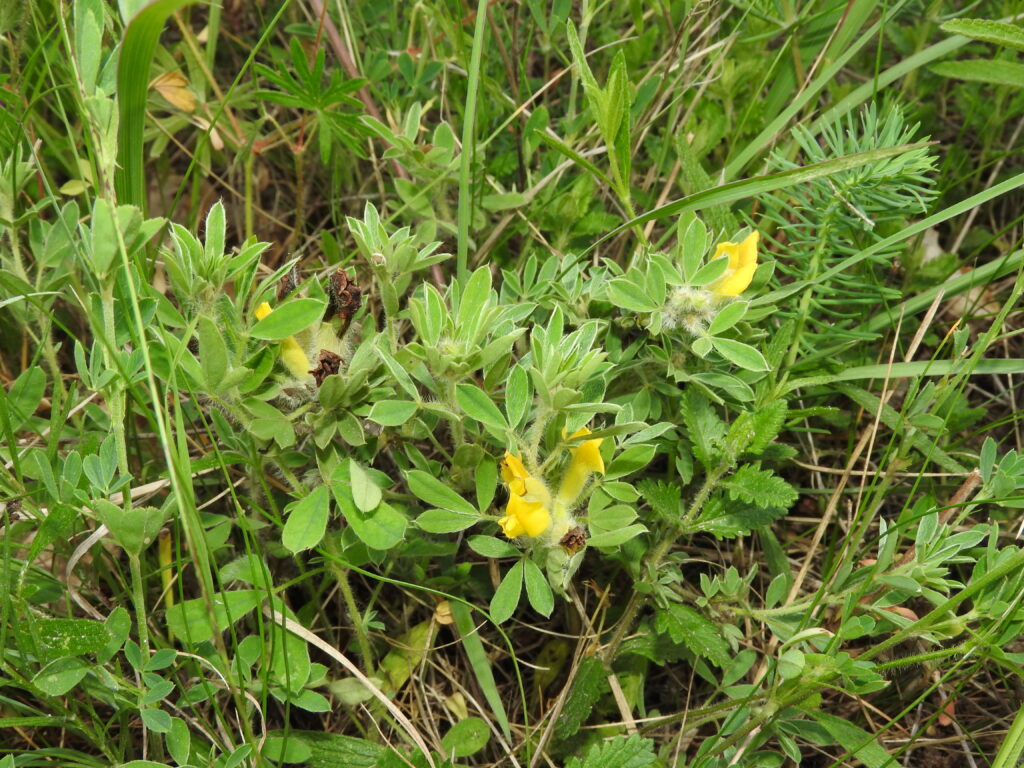
Female Danube clouded yellows prefer mosaic, extensively managed, warm, sunny habitats well protected from the weather:
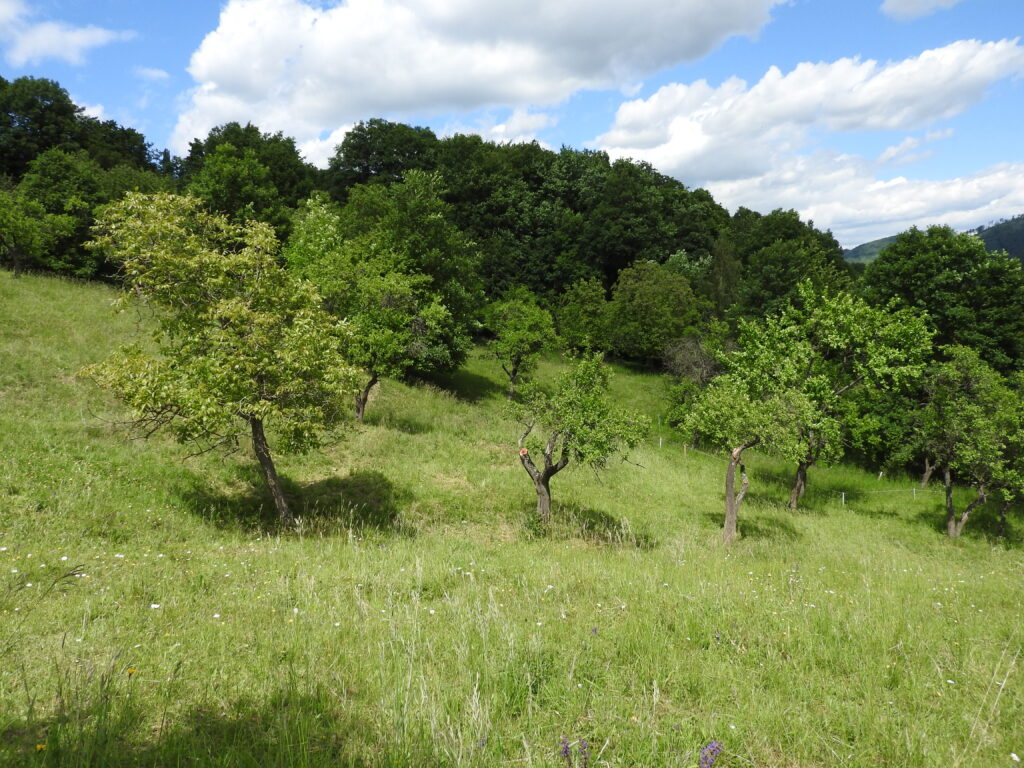
Male Danube clouded yellow butterflies can also be observed in more open meadows when actively searching for females:
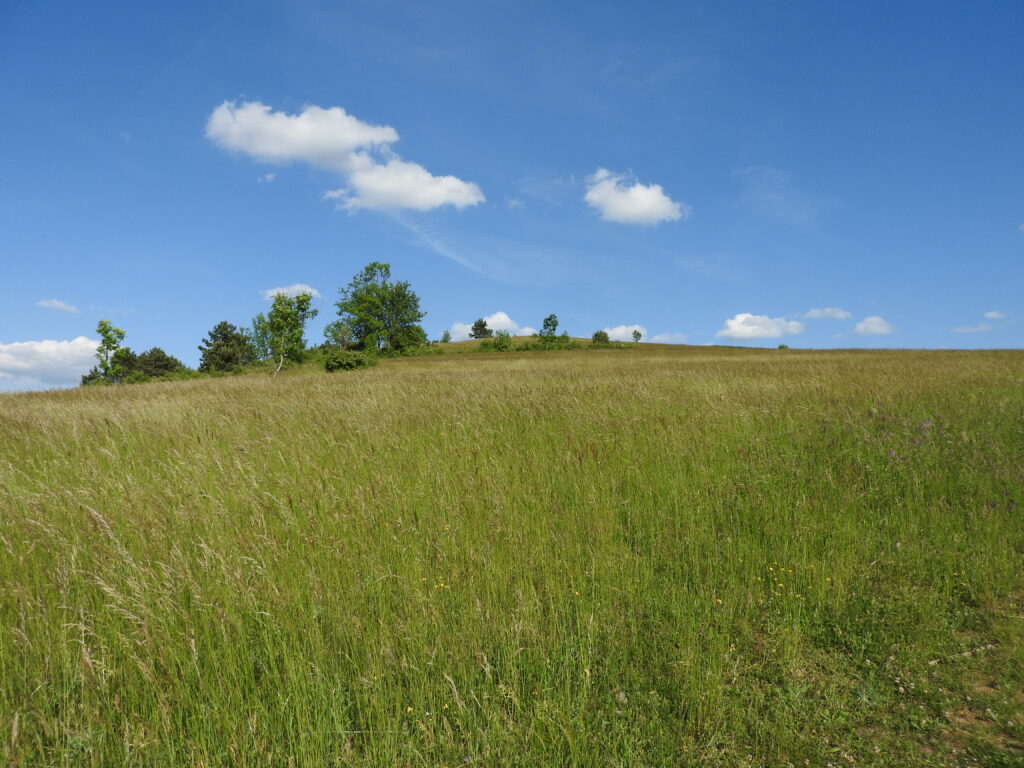
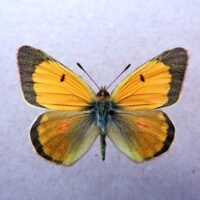
Photos by Ľubomír Víťaz.
Thank you very much for your attentiveness and thoughtfulness towards butterflies. If you decide to go for a walk and notice the butterflies, you can help us a lot.
So, good luck and good eye!

